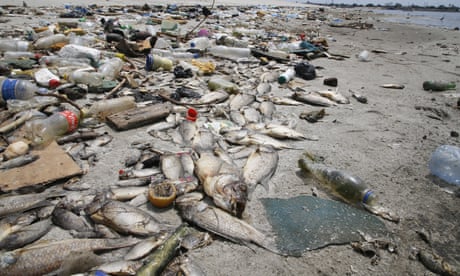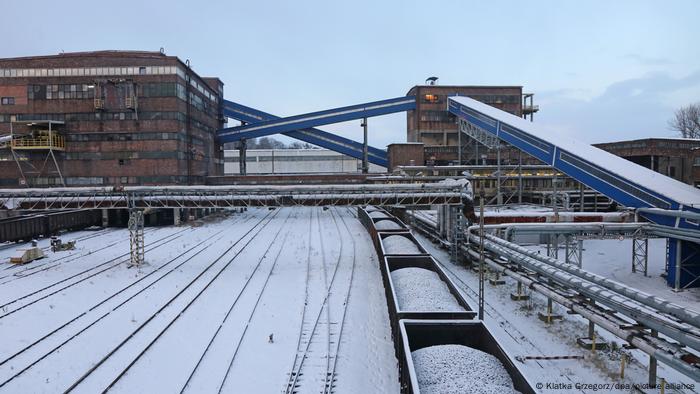One Billion-Year-Old Fossil Could Be The Oldest Multicellular Animal
David Bressan
Contributor
Science
I deal with the rocky road to our modern understanding of earth

Bicellum brasieri n. g. n. sp. holotype specimen showing differentiated cell layers, a unique ... [+] STROTHER ET AL. 2021
A team of scientists, led by the University of Sheffield in the UK and Boston College in the U.S., has found a microfossil in the Scottish Highlands which contains two distinct cell types and could be the earliest multicellular animal ever recorded. The discovery sheds light on how and when solo cells began to cooperate with other cells to make a single, cohesive life-form.
The fossil was found at Loch Torridon in the Northwest Scottish Highlands in sediments deposited in a lake. Scientists were able to study the fossil due to its exceptional preservation, allowing them to analyze it at a cellular and subcellular level.
Dated to around a billion years ago, the microfossil shows evidence of two distinctly different types of cells, providing a link in the evolution between single-celled organisms and holozoans with cell differentiation and complex life-cycles. Holozoans are life-forms with complex multicellular tissues and include all modern animals. The fossil organism is still very simple, resembling a blob of cells with a diameter of just 5 to 20μm.
The fossil has been described and formally named Bicellum brasieri in a new research paper published in Current Biology. The name refers to the two cell types in the organism and the late Martin Brasier, a British paleontologist who dedicated his life to the study of Precambrian life-forms and who unfortunately was killed in a car crash in 2014.
Based on modern genetic research, biologists hypothesized that the first multicellular organisms evolved from single-celled organisms in the Precambrian about three to one billion years ago. The previously oldest fossils of multicellular organisms dated to about 600 million years ago and were found in marine sediments from the Doushantuo Formation in central Guizhou Province of South China.
"The discovery of this new fossil suggests to us that the evolution of multicellular animals had occurred at least one billion years ago and that early events prior to the evolution of animals may have occurred in freshwater like lakes rather than the ocean," Professor Charles Wellman, one of the lead investigators of the research, from the University of Sheffield's Department of Animal and Plant Sciences, said.
Wellman continues: "The origins of complex multicellularity and the origin of animals are considered two of the most important events in the history of life on Earth, our discovery sheds new light on both of these. We have found a primitive spherical organism made up of an arrangement of two distinct cell types, the first step towards a complex multicellular structure, something which has never been described before in the fossil record." To work together, individual cells must form contact surfaces with neighboring cells. The fossil shows such Y-shaped junctions, suggesting the cells communicated together exchanging chemicals.
Professor Paul Strother, lead investigator of the research from Boston College, said: "Biologists have speculated that the origin of animals included the incorporation and repurposing of prior genes that had evolved earlier in unicellular organisms. What we see in Bicellum is an example of such a genetic system, involving cell-cell adhesion and cell differentiation that may have been incorporated into the animal genome half a billion years later."
The team hope to now examine the Torridonian deposits for more interesting fossils which could provide more insight into the evolution of multicellular organisms.
David Bressan
I'm a freelance geologist working mostly in the Eastern Alps. I graduated in 2007 with a project studying how permafrost, that´s frozen soil, is reacting to the more visible recent changes of the alpine environment. Studying therefore old maps, photographs and reports, I became interested in the history of geology and how early geologists figured out how earth works, blogging about it in my spare time. Living in one of the classic areas of early geological research, I combine field trips with the historic maps, figures and research done there. But geology is more than a historic or local science, as geological forces shaped and still influence history worldwide.













